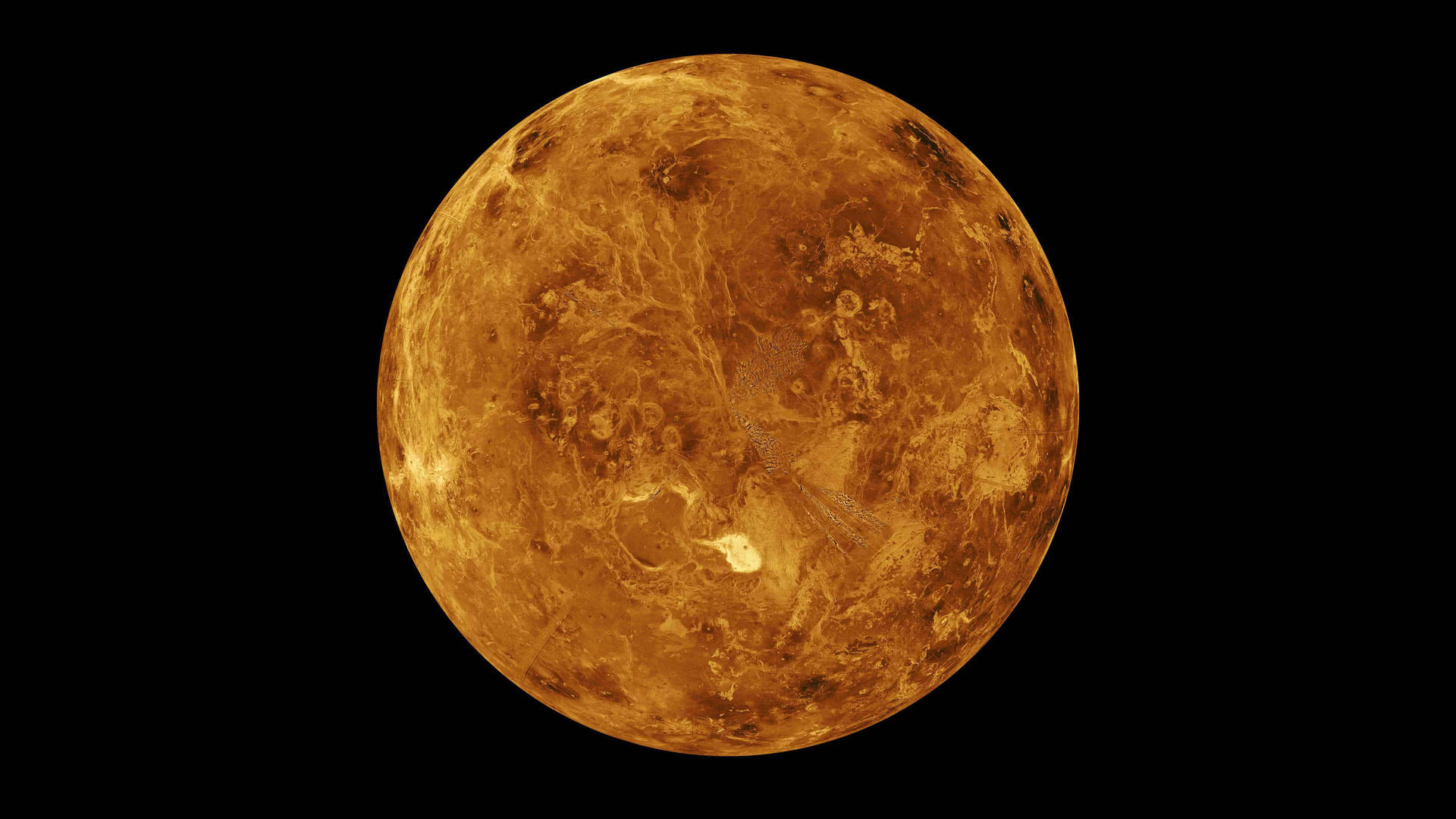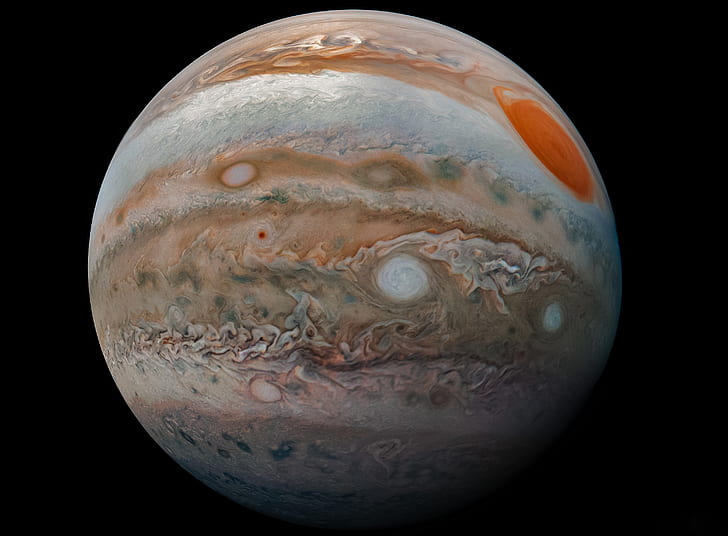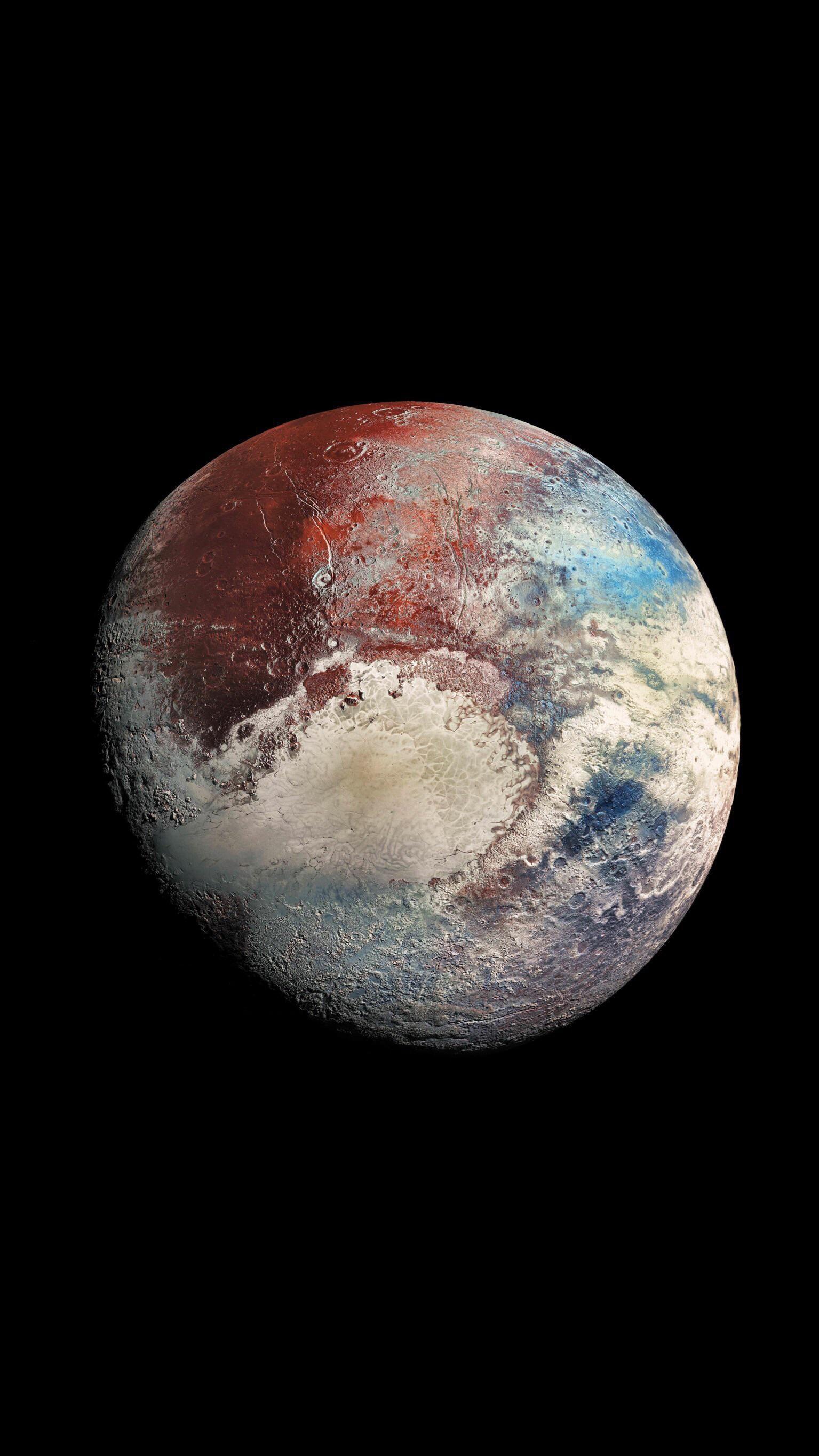
The
Comet
Comets are icy bodies that orbit the Sun in highly elliptical paths, and when they approach the Sun, they develop glowing comas and long tails due to solar radiation. Their nuclei are made of ice, dust, and organic compounds, and they are believed to originate from regions like the Kuiper Belt and Oort Cloud.
SEE MORE ↗

The
SUN
The Sun is a massive star at the center of our solar system, responsible for providing light and energy to all the planets. It is primarily composed of hydrogen and helium, undergoing nuclear fusion to emit energy. The Sun's gravitational pull keeps the planets and other objects in orbit around it.
SEE MORE ↗

Planet
Mercury
Mercury is the smallest and closest planet to the Sun, experiencing extreme temperature variations between day and night. It has a rocky surface and almost no atmosphere, making it a hostile environment for life. Its swift orbit around the Sun takes only 88 Earth days.
SEE MORE ↗

Planet
Venus
Venus is the second planet from the Sun and is similar in size to Earth, but its thick atmosphere traps heat, making it the hottest planet in the solar system. Its atmosphere is mostly carbon dioxide, with clouds of sulfuric acid, and it rotates in the opposite direction to most planets.
SEE MORE ↗

Planet
EARTH
Earth is the third planet from the Sun and the only known planet to support life. It has a diverse climate, abundant water, and a protective atmosphere that sustains various ecosystems. Earth's surface is 70% water, and it orbits the Sun in 365.25 days.
SEE MORE ↗

Planet
Mars
Mars, the fourth planet from the Sun, is often called the "Red Planet" due to its reddish appearance from iron oxide on its surface. It has the largest volcano and canyon in the solar system and has been a prime candidate for exploration regarding potential past life. Mars has a thin atmosphere composed mainly of carbon dioxide.
SEE MORE ↗

Planet
Jupiter
Jupiter is the fifth planet from the Sun and the largest in the solar system, known for its Great Red Spot, a giant storm that has lasted for centuries. It is a gas giant primarily made of hydrogen and helium, with at least 79 moons orbiting it. Jupiter's immense gravitational field has helped shape the structure of the solar system.
SEE MORE ↗
Planet
Saturn
Saturn is the sixth planet from the Sun, famous for its extensive and complex ring system made of ice, rock, and dust particles. Like Jupiter, it is a gas giant composed mostly of hydrogen and helium, with over 80 moons, including Titan, one of the largest moons in the solar system. Saturn has a very fast rotation, causing it to have a flattened shape at the poles.
Saturn
Saturn is the second-largest planet in the solar system, known for its stunning ring system, which is made of countless small particles of ice, rock, and dust. With a diameter of about 120,536 kilometers, Saturn is a gas giant primarily composed of hydrogen and helium, like Jupiter. Saturn’s rings are divided into several distinct sections, labeled alphabetically in the order they were discovered, with the main rings spanning over 280,000 kilometers but being incredibly thin, only about 10 meters thick. Saturn has at least 83 moons, with Titan being the largest and most intriguing, as it has a thick atmosphere and lakes of liquid methane and ethane on its surface. Despite its large size, Saturn has a very low density, and if placed in a large enough body of water, it would float. The planet has a fast rotation, completing one day in about 10.7 hours, which causes its equator to bulge outwards, giving Saturn a slightly flattened appearance at the poles. Like Jupiter, Saturn has a strong magnetic field and experiences violent storms in its upper atmosphere, including the hexagonal-shaped storm at its north pole.
More..

Planet
Uranus
Uranus is the seventh planet from the Sun and is unique because it rotates on its side, making its axis nearly parallel to the plane of the solar system. It is classified as an ice giant due to the presence of icy components like water, ammonia, and methane in its atmosphere. Uranus has faint rings and is known for its bluish-green color due to methane gas.
Uranus
Uranus is the seventh planet from the Sun and is classified as an ice giant, with a diameter of about 50,724 kilometers. It is unique in the solar system because it rotates on its side, with an axial tilt of 98 degrees, likely caused by a massive collision early in its history. This unusual tilt gives Uranus extreme seasons, where one pole experiences 42 years of continuous sunlight followed by 42 years of darkness. Uranus has a faint ring system and at least 27 known moons, with the largest being Titania, Oberon, Ariel, Umbriel, and Miranda. The planet's atmosphere is primarily composed of hydrogen, helium, and methane, giving it a pale blue color due to methane's absorption of red light. Unlike Jupiter and Saturn, Uranus has a much colder core, and it emits very little heat, making it one of the coldest planets in the solar system, with temperatures as low as -224°C.
More..

Planet
Neptune
Neptune, the eighth and farthest planet from the Sun, is a cold and windy gas giant with a deep blue color. It has strong winds and large storms, including the Great Dark Spot, similar to Jupiter's Great Red Spot. Neptune has 14 known moons and a faint ring system.
Neptune
Neptune is the eighth and farthest planet from the Sun, located about 4.5 billion kilometers away, making it a cold, distant ice giant. With a diameter of about 49,244 kilometers, Neptune is slightly smaller than Uranus but more massive due to its higher density. Neptune is known for its deep blue color, caused by the absorption of red light by methane in its atmosphere, and for its dynamic weather, including powerful storms and the fastest winds in the solar system, reaching speeds of up to 2,100 kilometers per hour. One of the planet’s most famous features was the Great Dark Spot, a storm similar to Jupiter’s Great Red Spot, though it has since disappeared, and new storms have formed in its atmosphere. Neptune has 14 known moons, the largest of which is Triton, a geologically active moon with geysers of nitrogen gas and a retrograde orbit, indicating it may have been captured from the Kuiper Belt. Like Uranus, Neptune has a system of faint rings made of ice particles and dust, though they are much less prominent than Saturn’s rings.
More..

The Dwarf Planet
Pluto
Pluto, once considered the ninth planet in our solar system, is now classified as a dwarf planet. It is located in the Kuiper Belt, a region beyond Neptune filled with icy bodies and remnants from the solar system's formation. Pluto has a rocky core surrounded by ice, and its orbit is highly elliptical, sometimes bringing it closer to the Sun than Neptune.
Pluto
The Dwarf Planet, Pluto
Pluto, once considered the ninth planet of our solar system, is now classified as a dwarf planet by the International Astronomical Union (IAU) since 2006. It resides in the Kuiper Belt, a region beyond Neptune filled with icy bodies and remnants from the early solar system. Pluto has a diameter of about 2,377 kilometers, making it smaller than Earth's Moon, but it is the largest known dwarf planet. It has a highly elliptical orbit that sometimes brings it closer to the Sun than Neptune, though it never collides due to the stable resonance between their orbits. Pluto’s surface is composed of nitrogen ice, with traces of methane and carbon monoxide, and it has vast plains, mountains made of water ice, and possibly glaciers. One of its most notable surface features is the heart-shaped region called Tombaugh Regio, which shows a variety of geological activity, indicating that Pluto may still be geologically active. Pluto has five known moons, with its largest moon, Charon, being nearly half its size, and together they form a binary system where both objects orbit a point in space between them.
More..

The
Moon
The Moon is Earth's only natural satellite, and its surface is covered in craters, mountains, and flat plains called maria. It affects tides on Earth due to its gravitational pull, and it has no atmosphere, leading to extreme temperature fluctuations. The Moon is thought to have formed from debris after a large object collided with Earth.
Moon
The Moon is Earth's only natural satellite, with a diameter of about 3,474 kilometers, making it the fifth largest moon in the solar system. It orbits Earth at an average distance of about 384,400 kilometers and is tidally locked, meaning the same side always faces Earth while the far side remains hidden. The Moon’s surface is covered in craters from impacts with asteroids and comets, as well as flat plains of ancient lava known as maria, which are mostly found on the near side. The lack of an atmosphere means the Moon experiences extreme temperature variations, ranging from about 127°C during the day to -173°C at night. The Moon has a significant influence on Earth, particularly in creating ocean tides due to its gravitational pull. It is thought to have formed about 4.5 billion years ago, possibly from debris created when a Mars-sized object collided with Earth. The Moon was first visited by humans during NASA's Apollo missions between 1969 and 1972, with Apollo 11 being the first manned mission to land on its surface.

The
Asteroid
Asteroids are small, rocky objects that orbit the Sun, primarily found in the asteroid belt between Mars and Jupiter. They vary in size from small rocks to several hundred kilometers in diameter and are considered remnants from the early solar system's formation. Some asteroids may pass close to Earth, occasionally posing a potential threat.
Asteroid
Asteroids are rocky remnants from the early solar system, mostly found in the asteroid belt between Mars and Jupiter, although some have orbits that bring them close to Earth. They range in size from small pebbles to large bodies several hundred kilometers in diameter, with the largest known asteroid, Ceres, also classified as a dwarf planet. Asteroids are composed of various materials, including metal, silicate rock, and carbon, and their compositions vary depending on their location in the solar system. The asteroid belt is thought to be made of material that never coalesced into a planet due to the gravitational influence of Jupiter. Asteroids occasionally collide with each other, sending fragments, called meteoroids, into space, some of which may enter Earth's atmosphere as meteors or meteorites. Some asteroids have moons, and many are irregular in shape due to their small size and lack of gravitational rounding. NASA’s OSIRIS-REx mission recently collected samples from the near-Earth asteroid Bennu, providing valuable insights into the composition and history of asteroids. Asteroids are of interest not only for scientific research but also for potential mining of resources like metals and water, which could support future space exploration.
More..